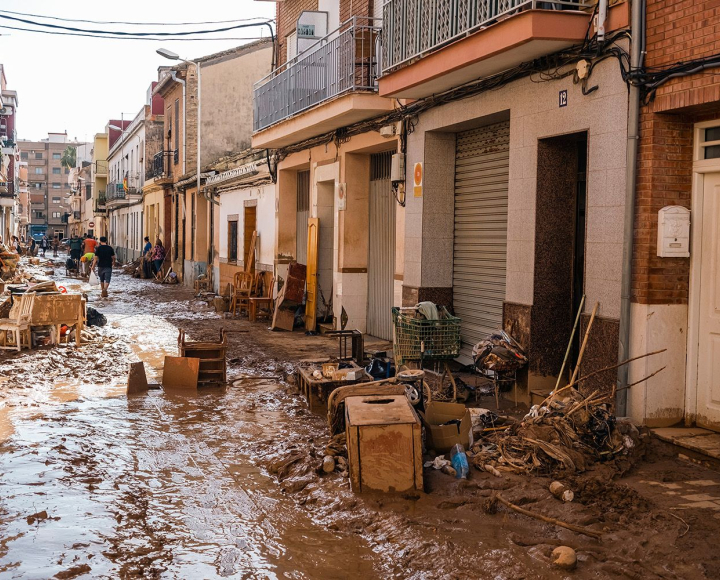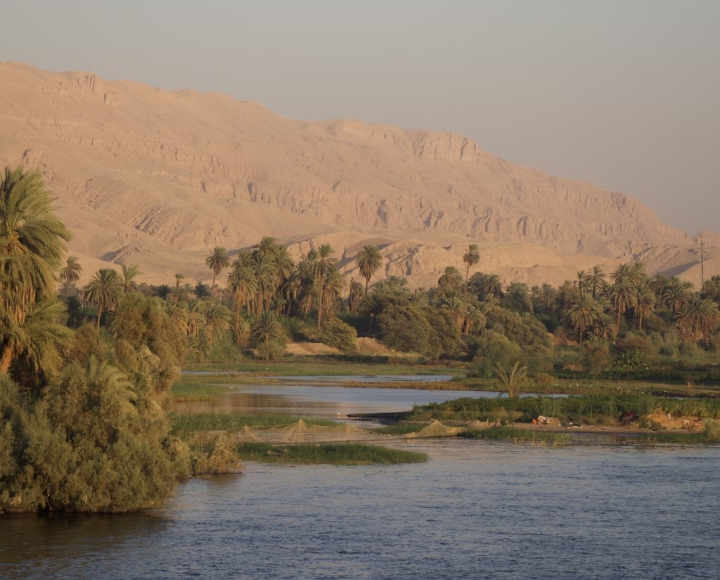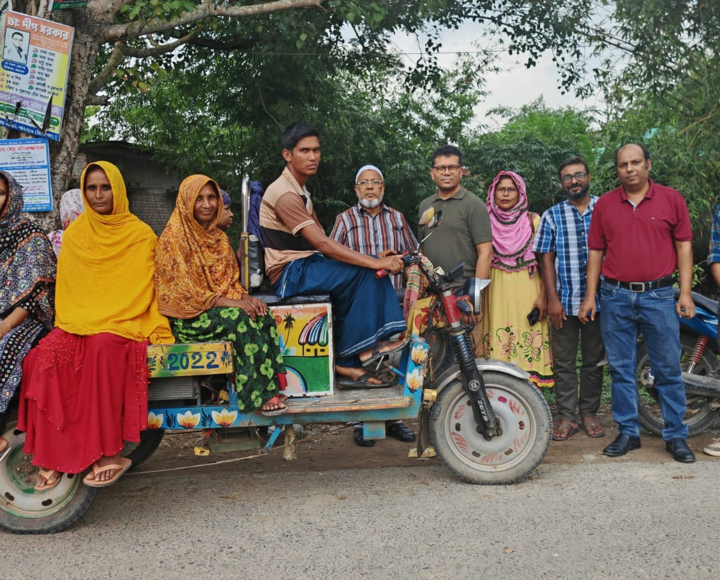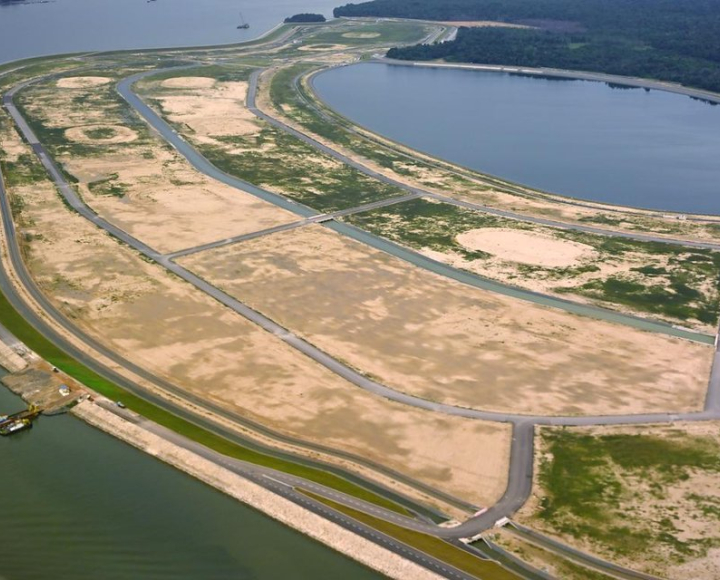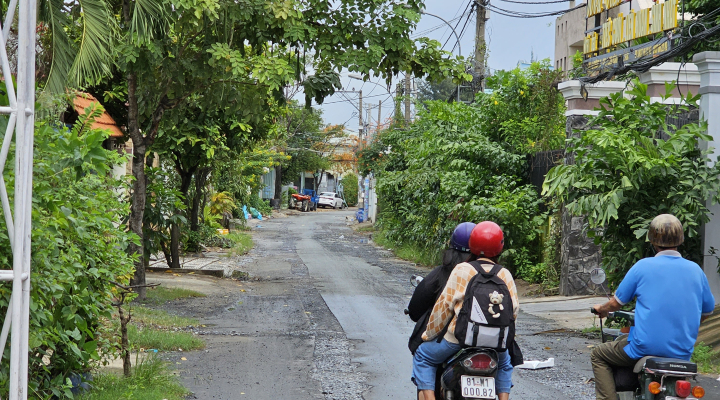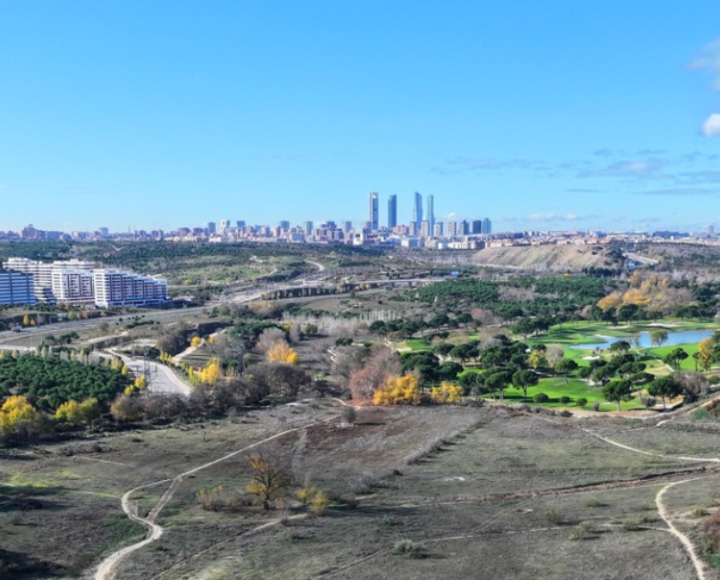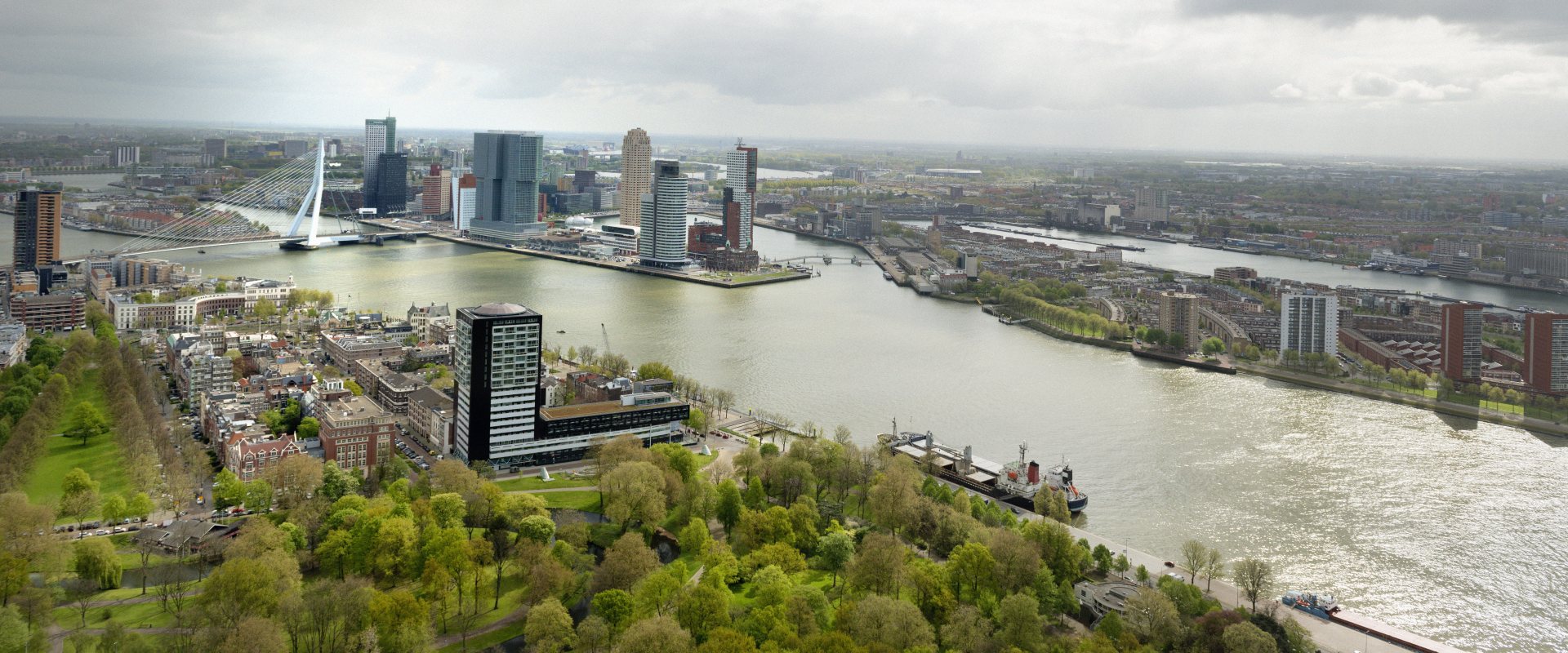
Adaptive and attractive go hand in hand
For more than 10 years, Rotterdam, one of the largest port cities in the world, has been well regarded internationally in terms of urban resilience. For Rotterdam, this term is emphatically more than just climate adaptation. Instead, this is intertwined with movements such as the energy transition and digitisation. It is this integrated approach that underpins the strength of the city, says Arnoud Molenaar, Chief Resilience Officer. “Adaptive and attractive go hand in hand. Rotterdam expressly emphasises this.”
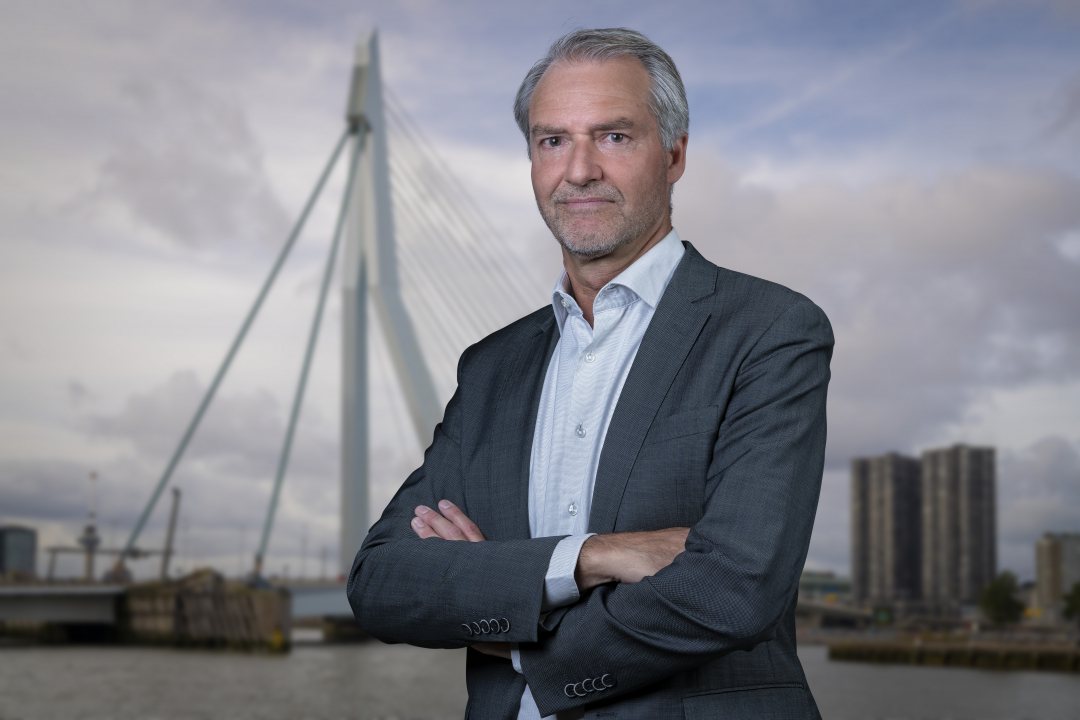

What developments have you undergone in Urban Resilience?
“The most important development is that we have drawn more attention to the increasing complexity of the city and its interconnected dependencies. Take the surge in digitisation. We derive many benefits from it, but it does make us more dependent and vulnerable, for example if there is a power outage or we are attacked by cyber criminals.
What has not changed is that we want to solve a problem but at the same time, we want to improve the liveability of Rotterdam through climate adaptation. We want it to become a city that is pleasant to work and live in, even more so than is the case now. Climate adaptation can help us leverage this.”
So resilience is not only about climate adaptation?
“That’s right. We look at and deal with the broader picture. Aspects like the energy transition, mobility, digitisation and various societal issues. The challenges are deeply interconnected so you have to deal with them together. Taken together, these will determine the resilience, the strength and the quality of the city.
So we always strive to find solutions that serve several purposes simultaneously. Over the past few years, Rotterdam has put great effort into adaptive forms of water storage such as green roofs. Recently these efforts have been turned into the Multifunctionele Daken (multifunctional roofs) programme. Green roofs are useful to store water when it rains heavily and they help with heat stress too. You can also fit them with solar panels, help the biodiversity and help clean the air. Apart from these benefits, they are also pleasant places to spend time in. Rotterdam has the equivalent of 3,700 football fields of flat roofs which you could see as a second layer of the city. We create extra space in a highly densely populated area. And this too makes the city stronger and more resilient.”
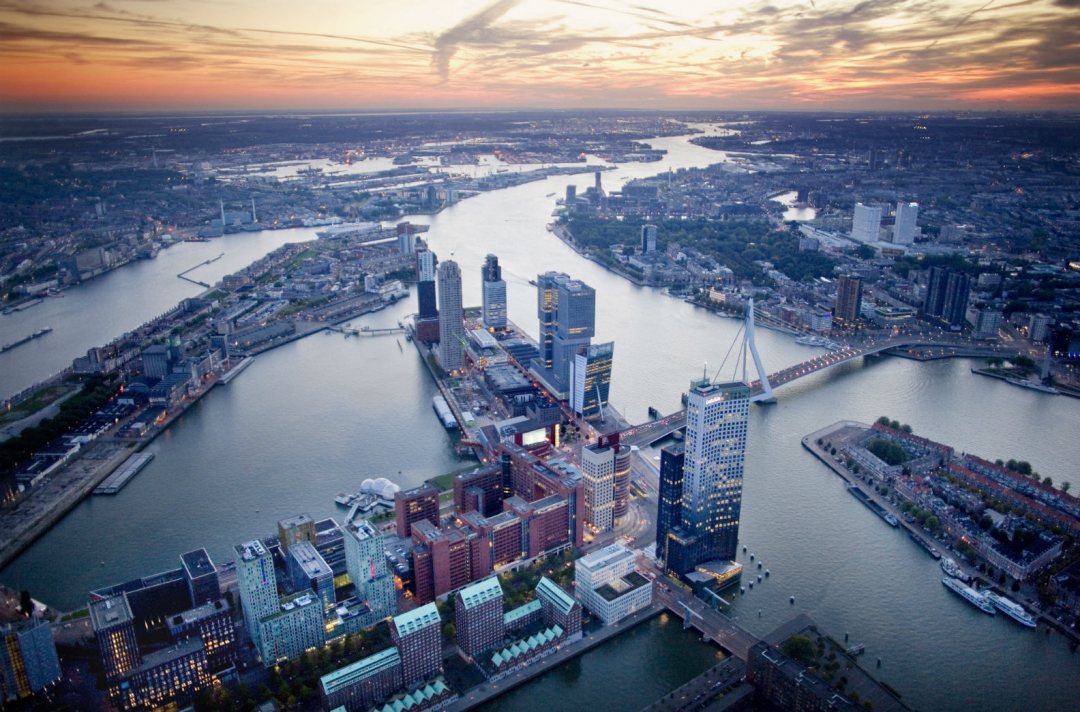
If everything is joined together, what then do you focus on? How do you make sure you keep traction in the entirety of the activities and their linkages?
“By making sure we have a solid, holistic vision and a strategy and thematic approach that work towards achieving it. These underly all sorts of operational programmes at different scales in the city and help us anchor the resilience philosophy.
That said, you should not wait until you have completely defined the vision and strategy. Just start with the sensible activities that you will not regret, or those that you have to do because of circumstances.
We are keen to share this approach with other cities. The good news is that while it may have taken us 10 years to define, a city that starts now can define its vision and strategy within two years. We see this in cities that have taken our approach and adapted it to their own contexts. They include Ho Chi Min City in Vietnam, and New Orleans and probably in the near future Houston in the USA.
Another good example of working in your own context is Surat in India. This city of more than six million was charmed by our water squares. Our residents can do sports there, or just relax, while there is much storage space for water when it rains heavily. Surat is also going to build water squares and will give it an additional function – religious rituals during the Ganesha festival. This will prevent further pollution of the main river."
Is Rotterdam in turn learning from other cities?
“Definitely. A good example is Paris. They have translated ‘our’ concept of water squares into resilient school yards that are urban green oases. Every Parisian lives within 200 metres of a school yard. There are 760 yards around the city which together amount to 73 hectares. The yards are now being made ‘greener and bluer’ and are being opened to the public. They give the Parisiennes relief when it’s very hot. Heat stress has been a growing and serious problem over the last few years. In turn, we are translating their approach to suit our urban context.
And what we can also learn from many other areas is emergency response. If a major hurricane approaches a region of the USA, they roll out a plan immediately in which hundreds of thousands of people are evacuated. We know a lot about prevention and damage limitation, but we are definitely not as well prepared as other countries in terms of evacuation. So we are thinking about this and how we can do better. We may need to find a new balance.”
Water has been at the heart of making Rotterdam resilient right from the start. What role is the Dutch water sector playing in this development?
“A very important role. There is so much knowledge, experience and innovation in the sector. We have drawn on these and brought them to the fore in a city like Rotterdam with its water squares, green roofs and all other components of the adaptation implementation programme. And we will also see these in the Climate Adaptation Summit to be held online on 25 January 2021 which we are proudly hosting with the Ministry of Infrastructure and Water Management and the city of Groningen. The main driver of this event, the Dutch initiated Global Center on Adaptation, will have a fantastic floating office that will move with the tides. This is where the online event will go out to the world. That a floating office can be built is largely thanks to the expertise of the Dutch water sector. It will have an impressive place in the climate adaptation showroom that the Netherlands is increasingly occupying nationally and internationally.”
The corona crisis is hitting the world and also Rotterdam hard. What lessons is the city learning?
“One is that it underlines the need for connection, to join up agendas. The sudden shock effect of something like the corona crisis is also a wake-up call and can be the catalyst for action. It seems like the world is able to take concerted action. This should really happen in the world of climate adaptation too. This is just as big a crisis that has an impact that is at least as great, but it is more insidious and less visible. We still don’t understand enough so the danger is that a lot of money will go into recovering the traditional economy while it is the adaptation agenda that should be leading in investment.
At the international level, our Mayor Ahmed Aboutaleb has been an active participant in the Global Mayors COVID-19 Recovery Task Force since the start of the corona crisis. And in April, the Global Resilient Cities Network, of which Rotterdam is a member, launched the Cities for a Resilient Recovery campaign. The most important aspect of these two initiatives is the exchange of knowledge and experience, and cities joining forces.”
What is the city itself doing?
“Rotterdam is naturally doing everything needed to manage the spread of the virus, including using smart digital means. The SpotR app, for example, registers places that are busy or quiet in the city so that people can take appropriate action. But we are also looking ahead. We have designed and adapted several plans to stimulate recovery after corona. ‘Rotterdam. Sterker. Door.’ (Rotterdam. Stronger. Through.) is a city-wide plan. This plan is the backdrop for the Municipal Executive to launch the BIG7: seven large integrated urban projects that use greening and climate adaptation as a catalyst to create a stronger and more resilient city. There is also a solid link to strengthening society. The city is building a 'waterpark' called the Rijnhaven park which will be an eight hectare beautiful redesigned port area, including a lot of green infrastructure. It will have a city beach with 2,500 new homes and businesses. In short, it will be both a place of rest and of activity.
Our integrated approach is also embedded in the city networks in which Rotterdam is involved. These include the Resilient Cities Network and the C40 cities. We are also incorporating the BIG7 in the programming of the Global Center on Adaptation (GCA). As one of the Lead Cities in the GCA, I believe that the BIG7 can help inspire others to push urban adaptation up a gear worldwide.
In the meantime, we are continuing our activities. One of these is working in the Bospolder-Tussendijken (BoTU2028), one of the Netherlands’ poorest neighbourhoods. With the Resilient BoTU2028 programme, we are exploring how we can use climate adaptation to foster a socially stronger neighbourhood. Instead of taking the lead in everything, the municipality more and more is acting as one of the key partners. We want to work in the greater societal interest and make the city safer, more sustainable and more liveable. This experiment is now ongoing and we are learning when to tighten the reins and when to let go.
The resilience of the city of Rotterdam starts with the resilience of the people who live there. The most important aspect of the city is its people. And it’s wonderful to see how resilient and creative its people already are.”
These #WaterTalks are a source of inspiration on water relevant topics such as Urban Resilience, supported by the Partners for Water programme. They are the views of the interviewee and do not necessarily reflect those of the Dutch Water Sector as a whole.
If you are interested in discussing Resilience and the Dutch Water Sector, please contact the Netherlands Water Partnership: Janett Tapia, project manager Urban Resilience, j.tapia@nwp.nl.




